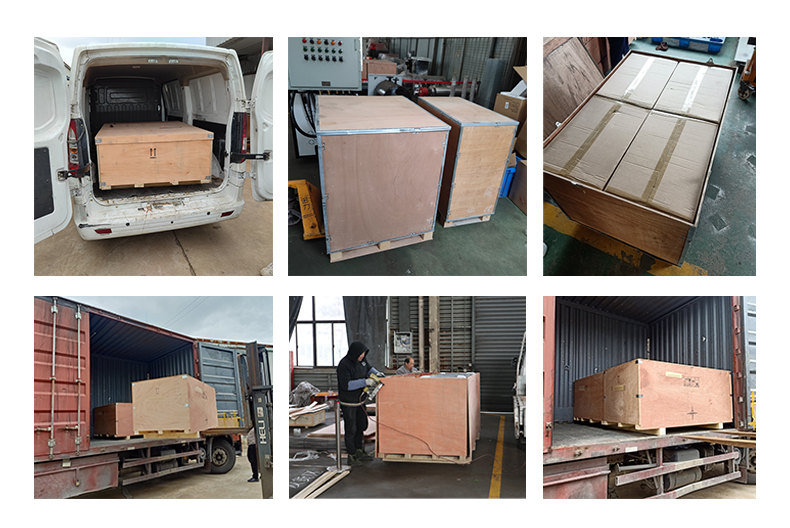Industrial customized 380V 400V crude oil electric heating pipeline heater
Product Introduction
Crude oil pipeline heater is a specialized equipment that uses electrical energy to directly or indirectly heat crude oil in pipelines. It is mainly used to solve the problems of viscosity increase, flowability deterioration, and even pipeline blockage caused by temperature drop during pipeline transportation of crude oil. Compared with traditional heating methods such as steam tracing and hot water circulation, electric heating has significant advantages such as high efficiency, precision, environmental friendliness, and relatively simple installation and maintenance. It is particularly suitable for long-distance transportation, low ambient temperature, intermittent transportation, or occasions with strict temperature control requirements.
Working principle
Pipeline electric heater is a device that consumes electrical energy to convert it into thermal energy for heating materials that need to be. During operation, the low-temperature fluid medium enters its inlet under pressure, flows through the specific heat exchange channels inside the electric heating vessel, and follows path designed based on fluid thermodynamics principles, carrying away the high-temperature heat energy generated by the electric heating elements, thus increasing the temperature of the heated medium The outlet of the electric heater obtains the high-temperature medium required by the process. The internal control system of the electric heater automatically regulates the output power of the heater according to the temperature sensor signal at the outlet, maintaining a uniform temperature of the medium at the outlet; when the heating element overheats, the independent over protection device of the heating element immediately cuts off the heating power supply, preventing the heating material from overheating, causing coke, deterioration, and carbonization, and severe cases, causing the heating element to burn out, effectively extending the service life of the electric heater.
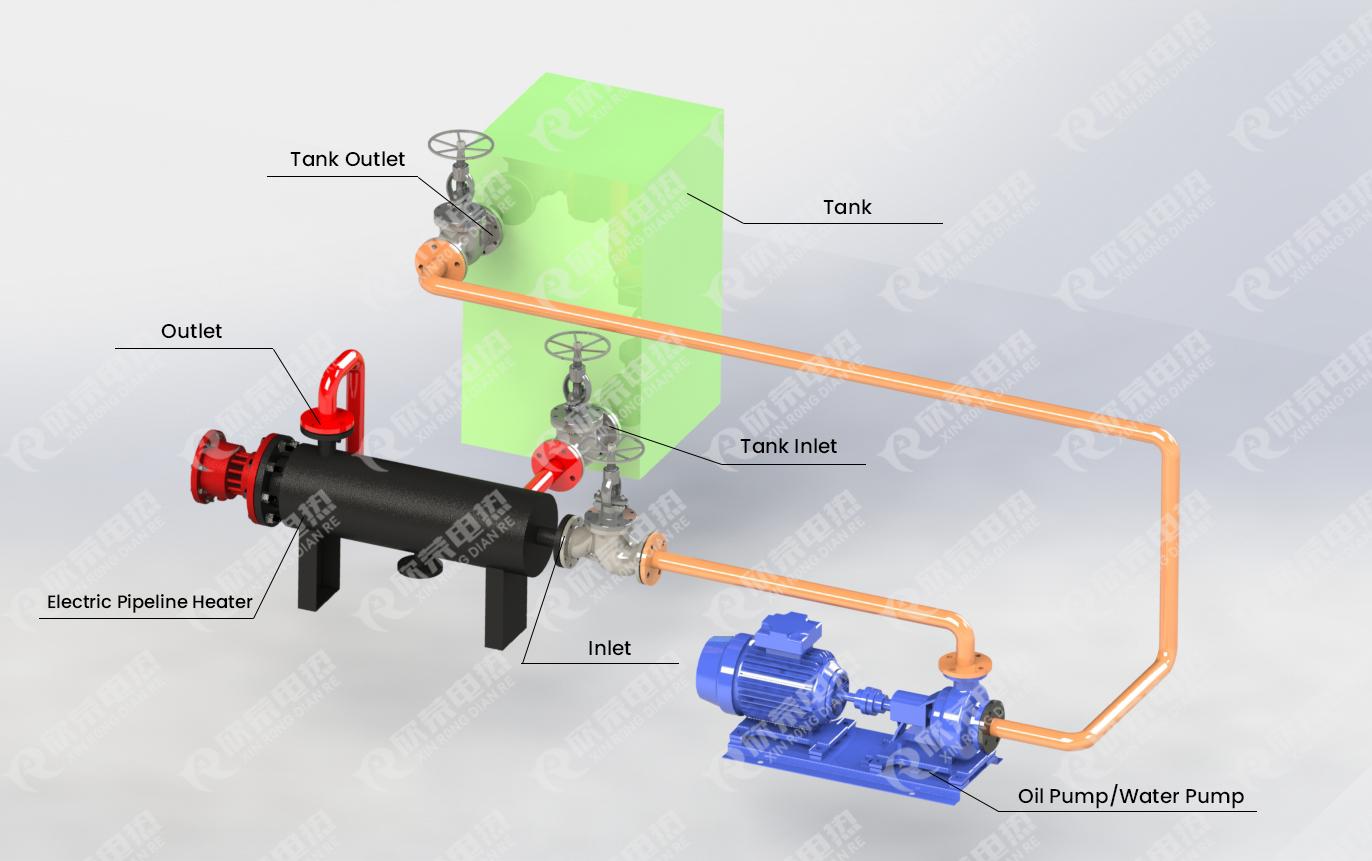
Product details display
1.Electricity conversion: external power source (usually industrial AC) is input into the heater control system.
2.Electric thermal conversion: Electric energy is converted into thermal energy through built-in electric heating elements.
3.Control cabinet: Real time monitoring of crude oil temperature through temperature sensors installed on pipelines (such as PT100 thermistor or K type thermocouple), and feedback of signals to the temperature controller. The controller intelligently adjusts the power supplied to the electric heating element based on the set target temperature (usually achieved through thyristor, solid-state relay, etc. for on-off or power regulation control), achieving precise and stable temperature maintenance.
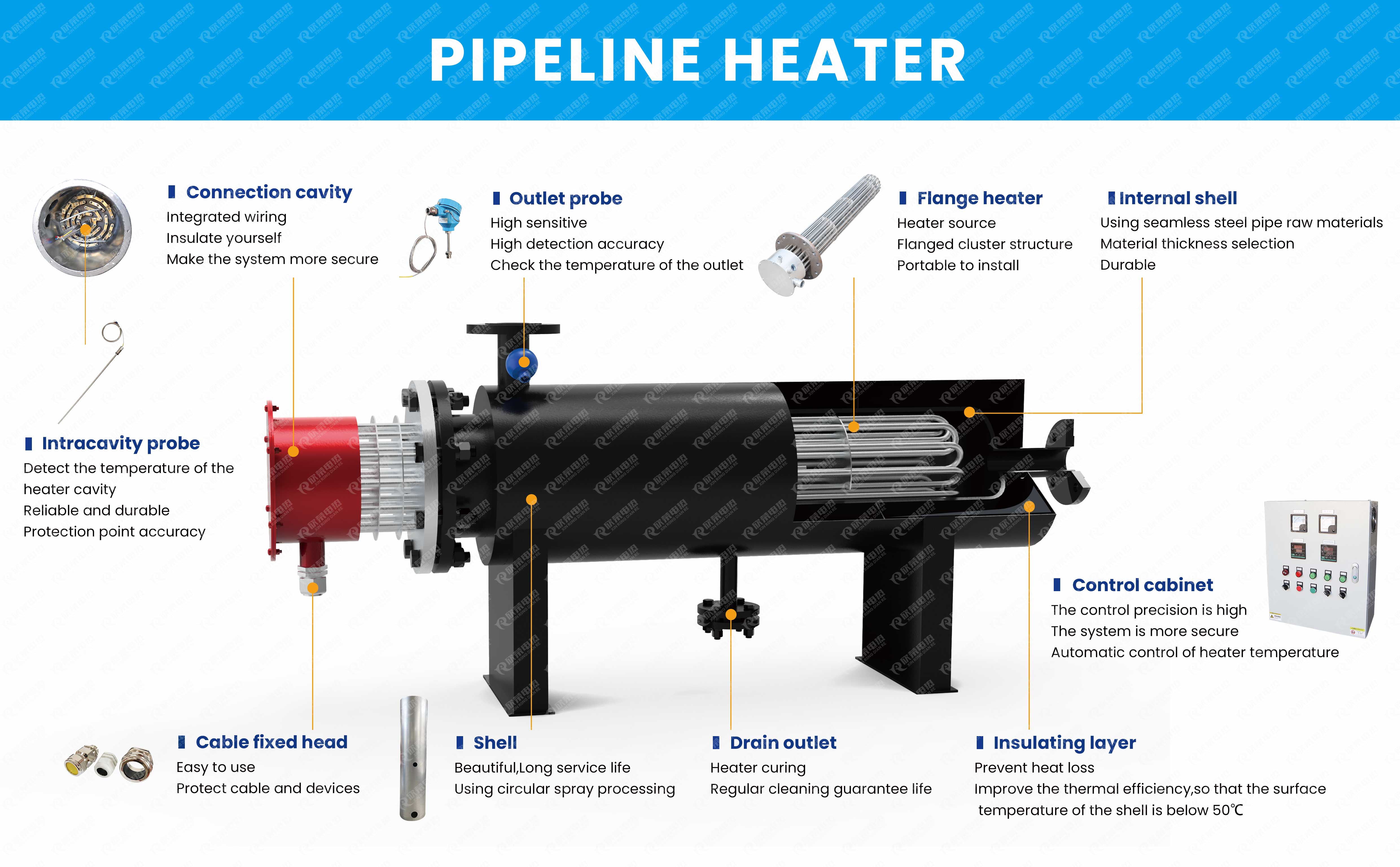
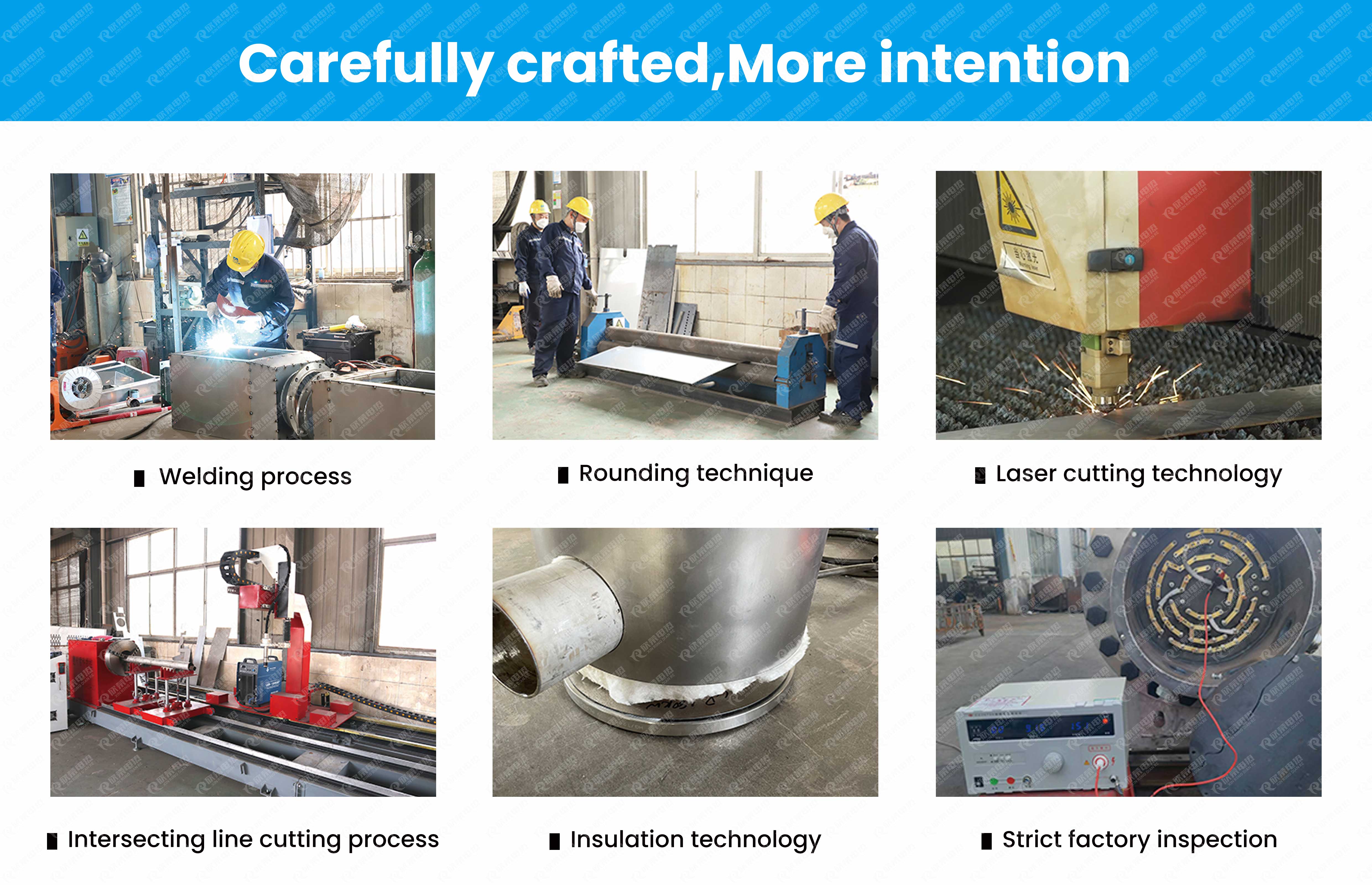
Working condition application overview

1) Overview of sewage heating pipeline electric heater
The electric heater is a kind of equipment which is mainly used for sewage heating in sewage treatment project. The electric heater converts electrical energy into heat energy to realize the heating effect of the sewage heating pipe and improve the efficiency and quality of the sewage treatment process.
2) Working principle of electric heater of sewage heating pipeline
The working principle of the electric heater in the sewage heating pipeline can be divided into two parts: electric energy conversion and heat transfer.
1. Electric energy conversion
After the resistance wire in the electric heater is connected to the power supply, the current through the resistance wire will produce energy loss, which is converted into heat energy, heating the heater itself. The temperature of the heater surface increases with the increase of the current, and eventually the heat energy of the heater surface is transmitted to the sewage pipe that needs to be heated.
2. Heat conduction
The electric heater transfers heat energy from the surface of the heater to the surface of the pipe, and then gradually transfers it along the wall of the pipe to the sewage in the pipe. The process of heat conduction can be described by the heat conduction equation, and its main influencing factors include pipe material, pipe wall thickness, thermal conductivity of heat transfer medium, etc.
3) Summary
The electric heater converts electrical energy into heat energy to realize the heating effect of the sewage heating pipeline. Its working principle includes two parts: electric energy conversion and thermal heat transfer, of which thermal heat transfer has many influencing factors. In practical applications, the appropriate electric heater should be selected according to the actual situation of the heating pipeline, and reasonable maintenance should be carried out.
Product Features
- 1.Electric energy is directly converted into thermal energy, with a high thermal efficiency (>95%), coupled with good insulation, resulting in minimal energy loss. Accurate temperature control to avoid overheating and energy waste.
2.Accurate temperature control: Fast response speed, high temperature control accuracy (up to ± 1 ° C), can well meet process requirements.
3.Environmentally friendly and clean: no combustion process, no smoke or waste discharge, quiet operation.
4.Flexible design: It can be designed in various shapes, sizes, and powers to accommodate pipes of different diameters, lengths, and complex directions.
5.High degree of automation: easy to achieve remote monitoring, automatic control, and fault diagnosis.
Safe operation (under reasonable design): No open flames (intrinsic safety or explosion-proof design can be applied to hazardous areas), no risk of high-pressure steam or hot water leakage.
Product application
Pipeline heater is widely used in aerospace, weapons industry, chemical industry and colleges and universities and many other scientific research and production laboratory. It is especially suitable for automatic temperature control and large flow high temperature combined system and accessory test, the heating medium of the product is non-conductive, non-burning, non-explosion, no chemical corrosion, no pollution, safe and reliable, and the heating space is fast (controllable).
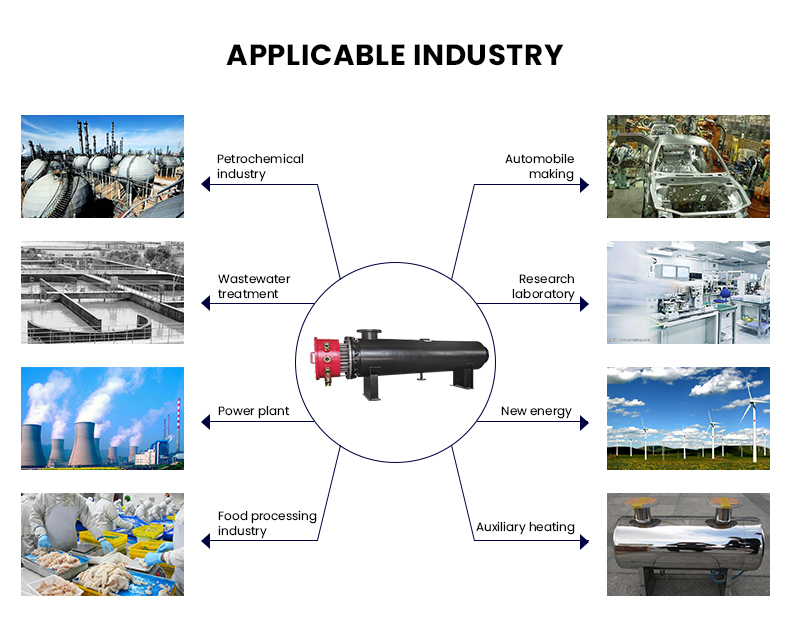
Technicial Specifications
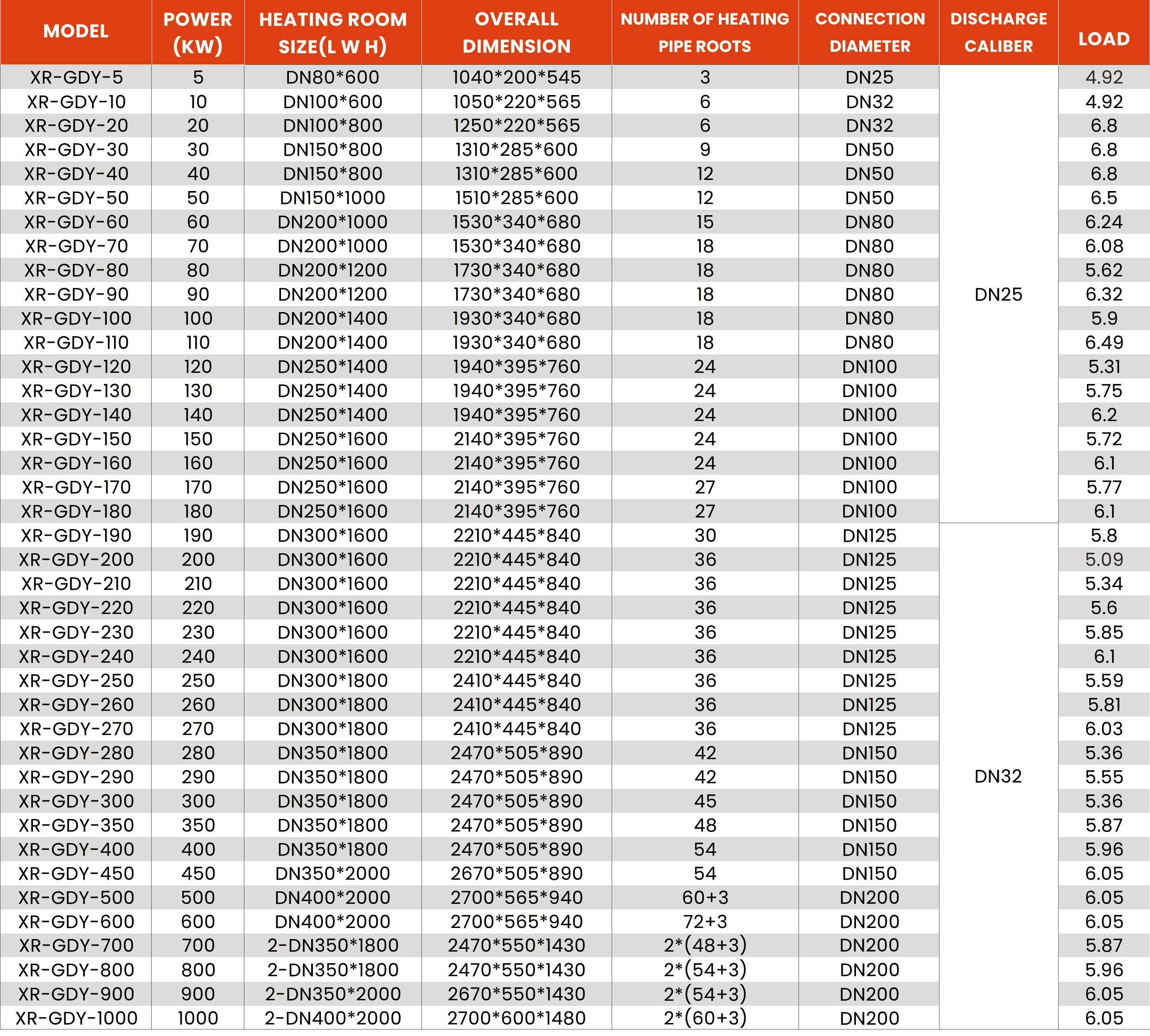
Customer use case
Fine workmanship, quality assurance
We are honest, professional and persistent, to bring you excellent products and quality service.
Please feel free to choose us, let us witness the power of quality together.

Certificate and qualification
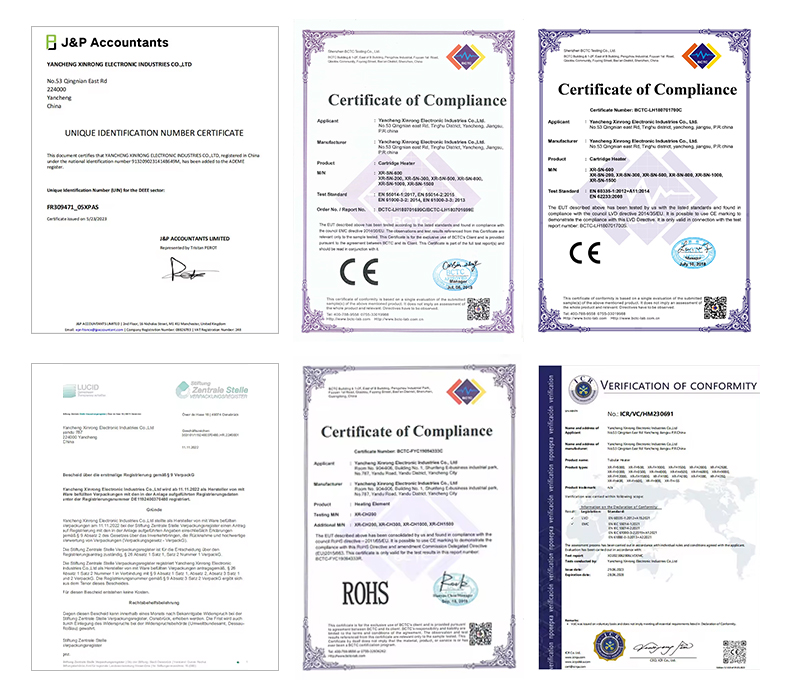
Product packaging and transportation
Equipment packaging
1) Packing in imported wooden cases
2) The tray can be customized according to customer needs
Transport of goods
1) Express (sample order) or sea (bulk order)
2) Global shipping services
